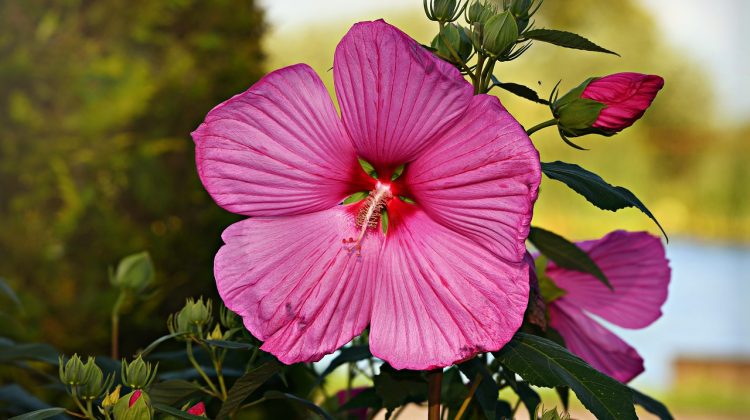
Hibiscus is a beautiful and vibrant flowering plant that can be grown both indoors and outdoors.
With over 200 species and many more cultivars, hibiscus flowers come in a wide range of colors and can reach nearly 10 inches in diameter at maturity.
This tropical plant grows best in full sun or partial shade and requires moist, well-drained soil.
If you are looking to add some color to your garden or home, hibiscus is a great choice. However, caring for hibiscus plants can be a bit tricky, and it is important to know how to properly care for them to ensure they thrive.
In this article, we will provide you with some valuable tips and information on how to care for your hibiscus plants, including watering, fertilizing, pruning, and more.
Whether you are a seasoned gardener or a beginner, learning how to care for hibiscus plants is essential if you want to enjoy their beautiful blooms.
With the right care, your hibiscus plants can flourish and provide you with stunning flowers for years to come. So, let’s dive in and discover how to properly care for this tropical beauty.
In this article, we'll cover
1. Types of Hibiscus Plant
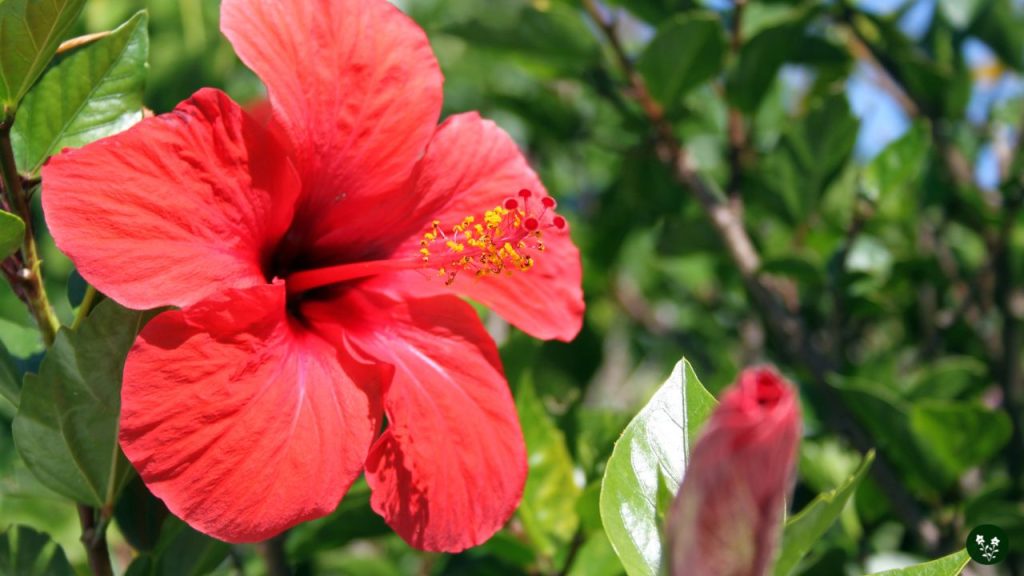
Hibiscus plants come in many varieties, each with their own unique characteristics. Here are some of the most common types of hibiscus plants:
Hardy Hibiscus
Also known as perennial hibiscus, these plants are native to North America and can withstand cold temperatures. They are hardy in USDA zones 4-9 and can grow up to 4-8 feet tall.
Hardy hibiscus plants produce large, showy flowers that can be up to 12 inches in diameter. They prefer full sun and well-draining soil.
Tropical Hibiscus
These plants are native to warm climates and are commonly grown as houseplants or in tropical gardens.
Tropical hibiscus plants have smaller flowers than hardy hibiscus plants, but they come in a wider variety of colors. They prefer full sun and well-draining soil.
Swamp Hibiscus
Also known as rose mallow, swamp hibiscus plants are native to wetlands and swamps in eastern North America. They are hardy in USDA zones 5-10 and can grow up to 6-8 feet tall.
Swamp hibiscus plants produce large, showy flowers that can be up to 8 inches in diameter. They prefer full sun to partial shade and moist soil.
Perennial Hibiscus
Perennial hibiscus plants are similar to hardy hibiscus plants, but they are not as cold-tolerant. They are hardy in USDA zones 6-9 and can grow up to 4-8 feet tall.
Perennial hibiscus plants produce large, showy flowers that can be up to 10 inches in diameter. They prefer full sun to partial shade and well-draining soil.
With so many different types of hibiscus plants available, there is sure to be one that fits your gardening needs.
Whether you are looking for a hardy plant for your garden or a tropical plant for your home, hibiscus plants are a beautiful and colorful addition to any landscape.
2. Ideal Growing Condition
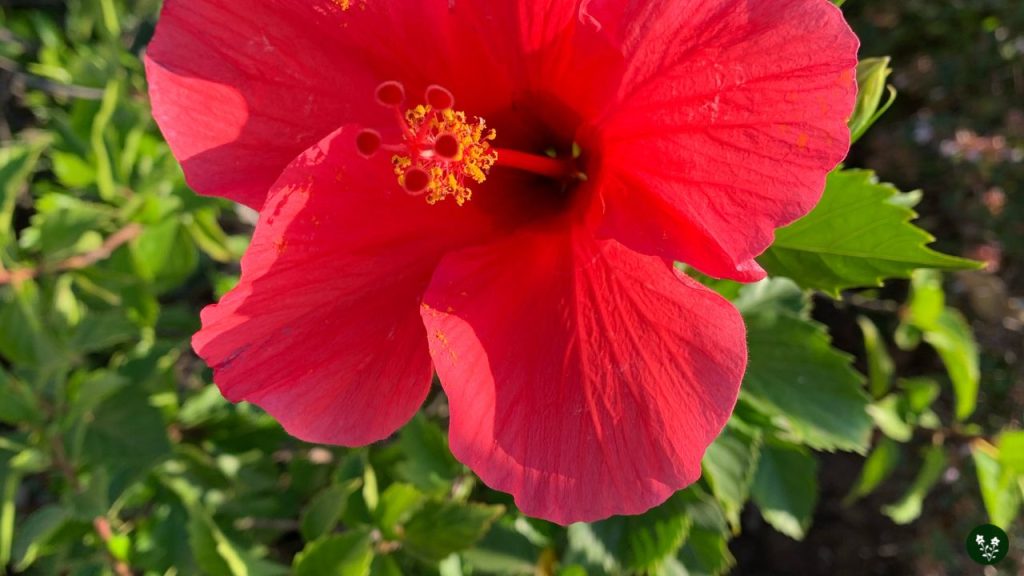
Sunlight Requirements
Hibiscus plants require full sun or partial shade to thrive. They need at least six hours of direct sunlight per day to produce abundant blooms.
However, if you live in a hot climate, it’s best to provide some shade during the hottest part of the day to prevent the leaves from scorching.
If you’re growing hibiscus indoors, place them near a south-facing window to ensure they receive enough sunlight.
Temperature Needs
Hibiscus plants prefer warm temperatures between 60-90°F (16-32°C). They can’t tolerate temperatures below 32°F (0°C), so if you live in a cold climate, you’ll need to bring them indoors during the winter months.
Hibiscus plants are sensitive to temperature changes, so it’s important to keep them away from drafts and sudden temperature fluctuations.
Soil and Watering
Hibiscus plants require well-draining soil that’s rich in organic matter. They prefer slightly acidic soil with a pH between 6.0-6.5. When planting hibiscus, make sure the soil is moist but not waterlogged.
Overwatering can lead to root rot and other fungal diseases.
Water hibiscus plants regularly during the growing season, especially during hot, dry weather. Water deeply, making sure the soil is moist to a depth of at least 6 inches.
In general, hibiscus plants require about 1 inch of water per week. If you’re growing hibiscus in a container, make sure the pot has drainage holes to prevent water from accumulating in the soil.
In summary, to grow healthy hibiscus plants, provide them with at least six hours of direct sunlight per day, keep them in a warm environment, and plant them in well-draining soil that’s rich in organic matter.
Water them deeply and regularly, making sure the soil is moist but not waterlogged. By following these simple guidelines, you’ll be able to enjoy beautiful hibiscus blooms year after year.
3. Pruning and Propagation Hibiscus Plants
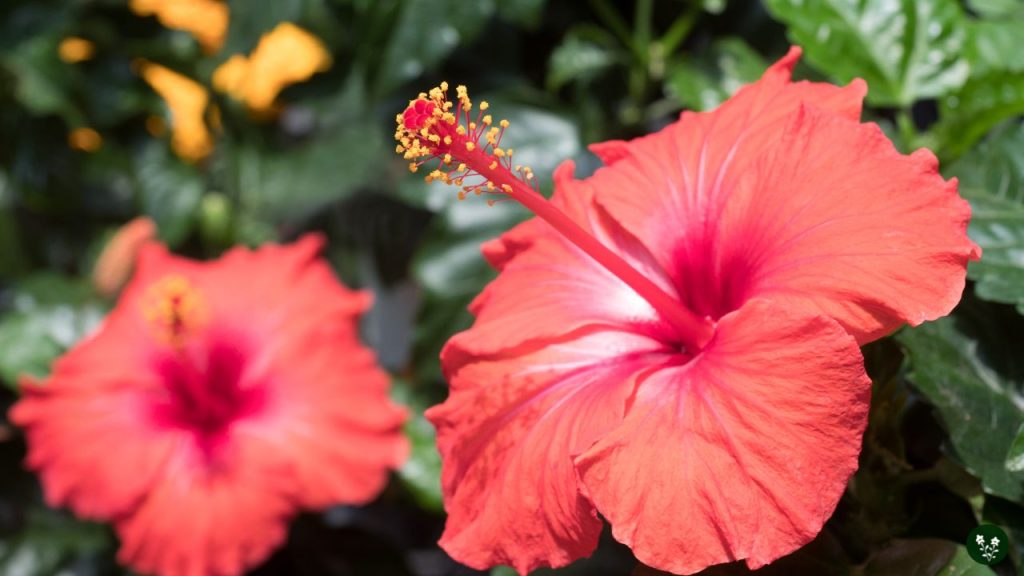
When to Prune
Pruning hibiscus plants is essential for their health and growth. The best time to prune hibiscus plants is in the early spring, just before the plant starts to grow new leaves.
This will allow the plant to focus its energy on new growth and will encourage the development of new buds. Additionally, minor cuts can be made throughout the spring and summer to remove any weak, diseased, or dead growth.
Methods of Propagation
Propagation is the process of growing new hibiscus plants from existing ones. There are two main methods of propagation: stem cuttings and layering.
- Stem Cuttings: To propagate hibiscus plants using stem cuttings, take a cutting from a healthy, mature plant in the early spring. The cutting should be about 6 inches long and should have at least two nodes. Remove the leaves from the bottom half of the cutting and dip the cut end in rooting hormone. Plant the cutting in a pot filled with a well-draining soil mix and keep it moist. After a few weeks, the cutting should start to develop roots and new growth.
- Layering: Layering is another method of propagation that involves bending a low-lying branch of the hibiscus plant down to the ground and burying it in soil. The branch should be wounded slightly to encourage root growth. After a few weeks, the branch should start to develop roots. Once the roots have developed, the branch can be cut from the parent plant and transplanted to a new location.
Both of these methods can be successful, but stem cuttings tend to be the more popular and reliable method of propagation.
4. Fertilizing Hibiscus Plants
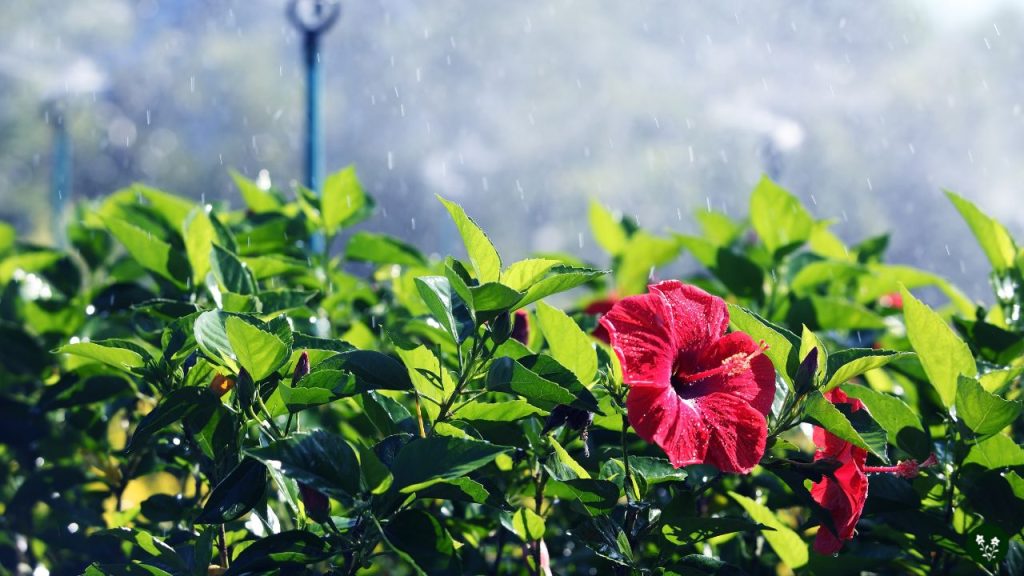
Types of Fertilizers
There are two main types of fertilizers that can be used for hibiscus plants: slow-release and water-soluble fertilizers.
Slow-release fertilizers are designed to release nutrients over a longer period of time, typically over several months. Water-soluble fertilizers dissolve in water and provide a quick nutrient boost to the plant.
When choosing a fertilizer for your hibiscus plant, it is important to consider the nutrient balance. A balanced fertilizer, such as a 20-20-20 mix, will provide a well-rounded mixture of nutrients.
However, hibiscus plants thrive with higher levels of nitrogen, so a fertilizer with a higher nitrogen content, such as a 12-4-8 mix, may be more beneficial.
Frequency of Fertilization
The frequency of fertilization for hibiscus plants depends on the type of fertilizer being used.
Slow-release fertilizers should be applied four times a year, during early spring, after the first round of blooming, mid-summer, and early winter.
Water-soluble fertilizers can be applied more frequently, with a weak solution being applied once every two weeks in the spring and summer, and once every four weeks in the fall and winter.
It is important to avoid over-fertilizing hibiscus plants, as this can lead to excessive foliage growth and reduced blooming. Always follow the instructions on the fertilizer packaging and avoid applying fertilizer to dry soil, as this can burn the plant’s roots.
Regular fertilization can help promote healthy growth and vibrant blooms in hibiscus plants. By choosing the right type of fertilizer and following a regular fertilization schedule, you can help your hibiscus plant thrive.
5. Common Hibiscus Plant Problems and Solutions
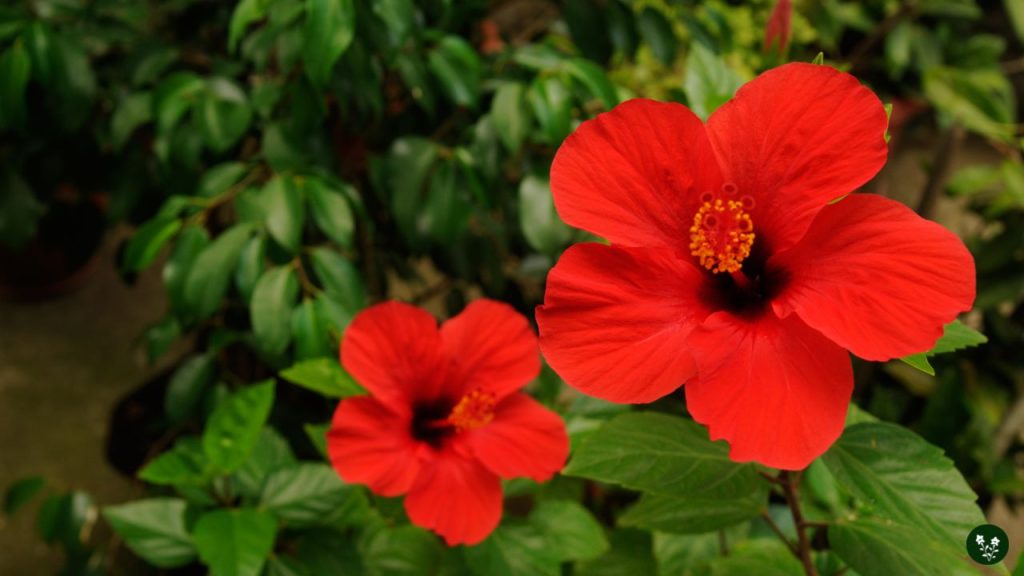
Common Pests
Hibiscus plants are susceptible to a variety of pests, including aphids, spider mites, whiteflies, and thrips. These pests can cause damage to the leaves and flowers of the plant, and can even lead to the death of the plant if left untreated.
To prevent and treat pest infestations, it is important to regularly inspect your hibiscus plants for signs of damage or infestation. You can use insecticidal soap, neem oil, or other natural or chemical pesticides to control pests.
Always read the label and follow the instructions carefully to avoid damaging your plants or harming beneficial insects.
Disease Prevention and Treatment
Hibiscus plants are also susceptible to various diseases, including root rot, leaf spot, powdery mildew, botrytis blight, rust, and wilt disease. These diseases can cause yellowing of leaves, wilting, and even death of the plant.
To prevent and treat these diseases, it is important to keep your hibiscus plants healthy and well-maintained. This includes providing them with well-draining soil, proper watering, and good air circulation.
Avoid overwatering and fertilizing, as this can lead to root rot and other fungal diseases. If you notice signs of disease, such as yellowing or wilting leaves, it is important to act quickly to prevent the spread of the disease.
You can use fungicides or other treatments to control the disease, but it is important to follow the instructions carefully and avoid overuse of chemicals.
Regularly inspecting your hibiscus plants for signs of pests and diseases, and taking proactive steps to prevent and treat them, can help keep your plants healthy and beautiful.
Conclusion
Hibiscus plants are a great addition to any garden or home. With their vibrant colors and beautiful trumpet-shaped flowers, they can add a tropical feel to any space.
However, they do require some care to keep them healthy and blooming.
When it comes to hibiscus plant care, it’s important to remember that they are heavy feeders and require regular fertilization during the growing season.
They also need to be watered regularly, especially during warm weather. For best results, hibiscus should be grown in well-draining soil and placed in full sun or partial shade.
There are many different types of hibiscus plants, each with their own specific care requirements. Hardy hibiscus, for example, can tolerate colder temperatures and can be grown in cooler climates.
Tropical hibiscus, on the other hand, need to be kept warm and protected from frost.
Overall, if you’re looking to add some color and tropical flair to your garden or home, hibiscus plants are a great choice. With a little bit of care and attention, they can thrive and provide you with beautiful blooms year after year.
Good morning , can you help me as 3 of my 15 year old trees are now starting to have a curly leaf and lumpy look on many branches , it also appears to be stressing , what should I use to stop this?